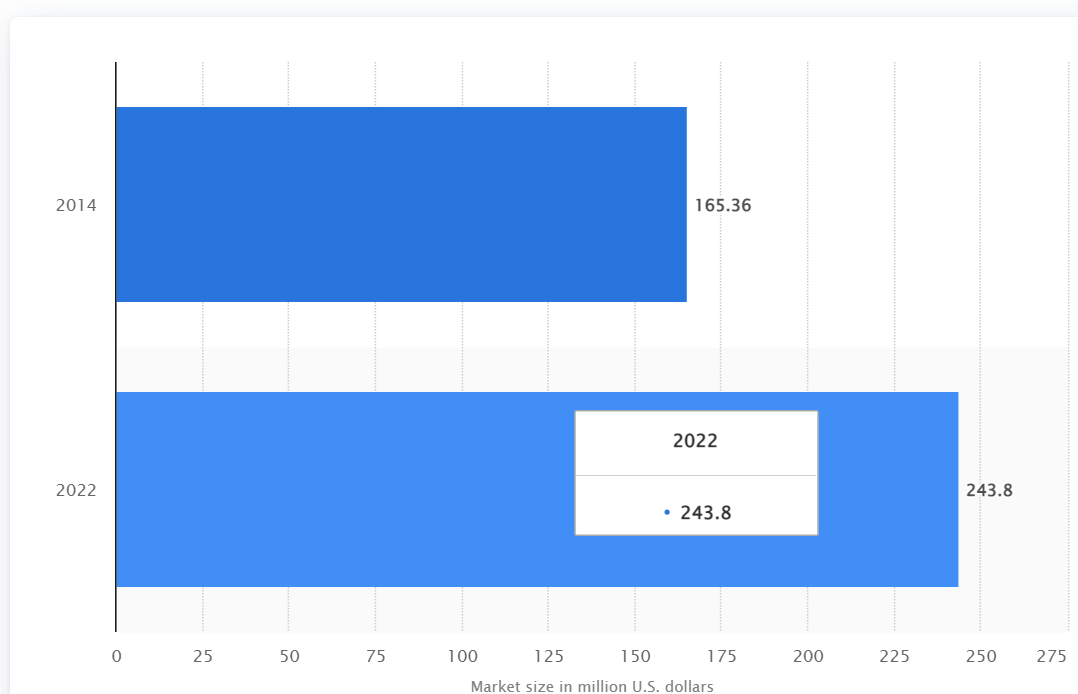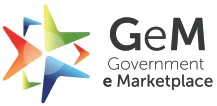How is Video Conferencing Transforming the way Teacher’s Teach and Student’s Learn?
- December 29, 2021
- Posted by: PeopleLink
- Category: Blogs
Currently, we are experiencing what clearly can be called the biggest threat to the global education system. We are going through a global learning crisis where students are in school but not learning the basic and essential skills needed for life.
The World Bank’s “Learning Poverty” report indicates that the percentage of students who cannot read and understand at age 10 – stood at 53% of children in low and middle-income countries before the outbreak started.
As a result of the pandemic, Video conferencing has played a crucial role in this transformation, revolutionizing the way teachers teach and students learn. It has enabled seamless virtual classrooms, allowing educators to engage with students in real time, conduct interactive sessions, and provide personalized learning experiences.
How HyFlex Education can add value and enhance the Digital Learning Experience
Eliminates barriers
HyFlex education provides students with the flexibility to study anytime and from anywhere, no matter where they are from. This eliminates the distance or connectivity barrier between students coming from different cities or localities.
Content Sharing
Instead of simply emailing files to the students or posting them on a messaging app online, video conferencing empowers teachers to share content and files with students in real-time.
Record & Save
Video conferencing allows students to record or save lectures for future reference. This not only helps the students prepare better but also enables better accessibility for students who couldn’t attend live lectures so they can access the lectures later and prepare for their exams.
Interact & Collaborate
The biggest advantage of digital learning is that it encourages interaction and collaboration between teachers and students, which enhances the overall learning experience for the students.
The Tomorrow of Virtual Education
The future of education is transforming beyond the walls of a classroom. The HyFlex education model is the new normal, enabling students to interact and learn directly from experts, bridging the gap between educators and learners. Video conferencing helps improve virtual collaboration, classroom engagement, and productivity and personalizes the overall digital learning experience.
In the simplest of terms, HyFlex learning can be defined as teachers taking both online and offline classes simultaneously for the students. Post-pandemic, as the schools adapted to the rigors of remote learning in 2021, video conferencing became their go-to tool for teaching and interacting with students.
Now that the pandemic is decelerating and students are slowly moving back towards classroom learning, more districts are adapting to a HyFlex learning situation. It gives students the opportunity to attend a lecture in person or virtually, whichever they feel more comfortable with. Digital learning enables students to choose how they wish to attend classes or lectures. Hence, the benefits of video conferencing for impeccable digital education have been massive, especially in the past two years.
According to Statista, projections show that the e-learning market worldwide will surpass 243 billion U.S. dollars by 2022. In 2016, the self-paced digital learning product market amounted to 46.67 billion U.S. dollars and is predicted to decrease to 33.5 billion U.S. dollars in 2021.

Changes in the dynamics of teaching and learning
Access to Experts and Resources: Teachers can bring guest speakers, experts, and resources from around the world into the classroom through video conferencing. This enriches the learning experience by providing diverse perspectives and real-world insights.
Remote Learning Opportunities: Video conferencing enables remote learning, allowing students to attend classes from anywhere with an internet connection. This flexibility is particularly valuable during disruptions like pandemics or inclement weather.
Collaborative Learning: Students can use videoconferencing tools to collaborate on projects and assignments with peers from different locations. This promotes teamwork and cross-cultural understanding.
Personalized Learning: Teachers can personalize learning experiences by conducting one-on-one sessions with students via video conferencing. This individualized attention can cater to different learning styles and needs.
Enhanced Engagement: Visual and interactive elements in video conferencing make lessons more engaging and memorable. Features like screen sharing, virtual whiteboards, and multimedia content enhance the learning experience.
Global Learning Communities: Video conferencing connects classrooms globally, fostering cultural exchange and understanding. Students can interact with peers from diverse backgrounds, broadening their perspectives.
Professional Development: Teachers can participate in workshops, training sessions, and conferences remotely through video conferencing. This continuous professional development improves teaching practices and updates educators on the latest trends.
Build Smart Classrooms with PeopleLink
PeopleLink’s Virtual Classroom Solutions not only provide a seamless classroom environment for the students and the teachers to collaborate efficiently but are also quite easy to set up and affordable to implement. We offer intelligent classroom solutions like Student & Teacher tracking cameras, Digital Podiums, Interactive devices, etc, that transform every traditional classroom into a space where students and teachers can interact in a face-to-face, real-life-like session very easily.
PeopleLink’s HyFlex Classroom Solution bridges the gap between a conventional and an intelligent classroom learning experience. With improved accessibility and increased inclusivity, PeopleLink aims to transform every traditional classroom into a virtual boundary-less space for an ultimate extravagant learning experience.
Conclusion
Video conferencing is surely transforming the way teachers teach and students learn. The interactive features of video conferencing platforms have personalized learning experiences. However, while the potential for a more inclusive education system is vast, challenges like the digital divide and cybersecurity need ongoing attention.




